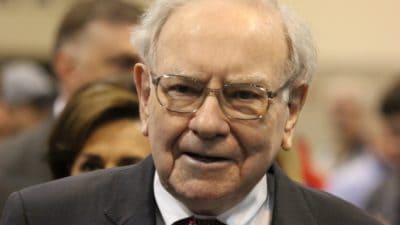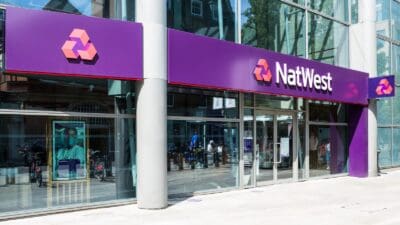Today I am outlining why I believe Standard Chartered (LSE: STAN) (NASDAQOTH: SCBFF.US) is an excellent growth stock offering tremendous bang for your buck.
Emerging market exposure at great prices
Standard Chartered’s share price has experienced heavy turbulence during the course of the year, shedding around 5% in the year-to-date and dropping heavily from two-and-a-half-year peaks of 1,838p struck in March. Rather than being deterred by the market’s lack of enthusiasm for the stock, however, I believe that the firm boasts sterling growth potential at a decent price, trading on a subdued earnings multiple of just 10.9.
Standard Chartered revealed in a strong interim statement last month that, during the nine-month period ending September, it had “delivered a resilient performance despite an uncertain macro environment, with continued strong levels of client activity and good volumes across many of [its] markets.”
Like banking peers HSBC Holdings and Barclays, Standard Chartered has extensive exposure to lucrative emerging markets, and more than nine-tenths of the firm’s profits originate from Asia, the Middle East and Africa. In total, the company operates across 25 geographies across the globe.
The bank’s October financials revealed some weakness in these lucrative developing geographies during January-September, however, with revenues in Korea and Singapore declining “by single digit percentages.” As well, the group is also susceptible to the threat of weakness in emerging market currencies, and depreciation in a number of these, particularly the Indian Rupee and Indonesian Rupiah, is expected to impact full-year profits to the tune of $70m in 2013.
Still, Standard Chartered noted that particular strength from its Hong Kong and African divisions, where income grew at a double-digit rate, more than offset these disappointments. Strength here helped to push overall group-wide revenues up by 1% from the corresponding 2012 period.
Indeed, I believe that still-heady growth rates in these markets makes for an appetising long-term outlook for the bank — for example, pre-tax profit from Hong Kong exceeded $1bn for the first time in any six-month period in January-June.
Standard Chartered currently deals on a P/E rating of 10.9 for 2013, based on current City earnings projections, and which drops within value terrain below 10 for next year, at 9.9. This compares extremely favourably well with a forward P/E readout of 16.9 for the FTSE 100, and also beats the corresponding readouts of 11.2 and 10.4 for banking peers HSBC and Barclays.







